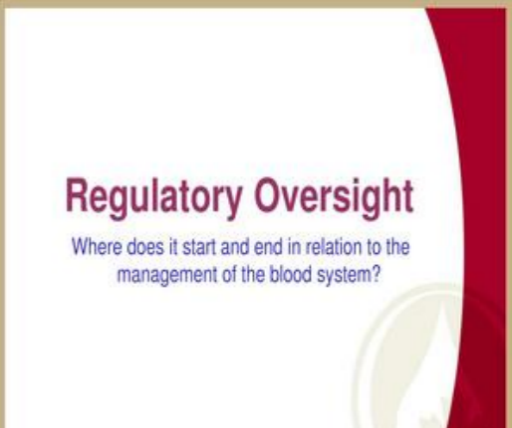Buying insurance is often compared to planting a "tree of safety" in your life. The earlier you plant it, the stronger and fuller it grows, offering real shelter when the storm hits. But for some, even getting started can feel like hacking through a thorny jungle. Amy once faced this very struggle when an invisible storm, being a carrier of the hepatitis C virus, almost shut her out of the insurance market. Her story proves that even with health hurdles, securing insurance is far from a lost cause.

A few years ago, during a routine check-up, Amy was shocked to learn she was carrying the hepatitis C virus. Though she showed no symptoms at the time, that one diagnosis branded her with a label that made most insurance companies slam their doors. It was then that she realised buying insurance wasn't just about money— it was about health. The roadblock wasn't her wallet, it was her medical record.
But Amy didn't give up. She actively underwent antiviral treatment and, in time, made a full recovery. Her health metrics gradually returned to normal, and her condition remained stable for over a year. More importantly, Amy carefully organised every medical document, treatment record, and lab report like a personal "health resume." This meticulous preparation became her safety net— and the key that unlocked a second chance with insurance companies.
With the help of a knowledgeable insurance advisor, Amy submitted her records to several insurers for review. After many rounds of consideration, one company finally offered her a glimmer of hope. While not every policy was available to her, she still managed to get her foot in the door. To Amy, this was more than just a policy approval; it was the sunshine breaking through the clouds. Let's break down how Amy built her insurance portfolio and found protection tailored to her "imperfect" health condition.
Critical Illness Insurance: A Heavy-Duty Umbrella. For Amy, buying critical illness insurance was like picking up a multi-use umbrella-built not just to handle a drizzle but to survive a downpour. Because of her hepatitis C history, traditional life insurance was off-limits. Many companies flat-out refused her Still, Amy wanted long-term and reliable coverage, especially against major diseases. After careful research, she and her advisor chose a critical illness plan that included a death benefit. This way, she could receive compensation if diagnosed with a serious illness, and her family would still be covered if the worst happened. The plan was more expensive than average, but it was a double-edged sword that cut through both health and mortality risks.

Compared to the critical illness plan, accident insurance is like a compact umbrella- small, easy to carry, but incredibly useful. Best of all, it barely asks about your health. No long medical questionnaires, no tough screening. For Amy, it was a breeze to get. She picked a policy with decent coverage that reimburses medical expenses caused by accidents- things like bumps, bruises, and minor injuries. If she tripped on the staurs ot scraped her knee gardening, the policy had her back. It meant peace of mind for life's everyday hiccups.
Long before her hepatitis C diagnosis, Amy had already secured a high-end health insurance plan. That move was like laying a solid foundation for her overall health protection. It covered everything from regular check-ups to unexpected illnesses and gave her access to quality care without delay. That strong baseline made it easier for her to face challenges from other insurers later on. For those considering insurance strategies, it's worth noting: separating critical illness and term life insurance into two plans can lead to double payouts, one for illness, another for death. It's more comprehensive, though naturally more expensive.
Amy's journey shows that life's path isn't always straight. Health issues can throw up surprising detours, but that doesn't mean the door to insurance is permanently shut. With smart planning, a proactive attitude toward treatment, and the right expert by your side, it's entirely possible to find your protective umbrella even if the sky has already started to darken.




